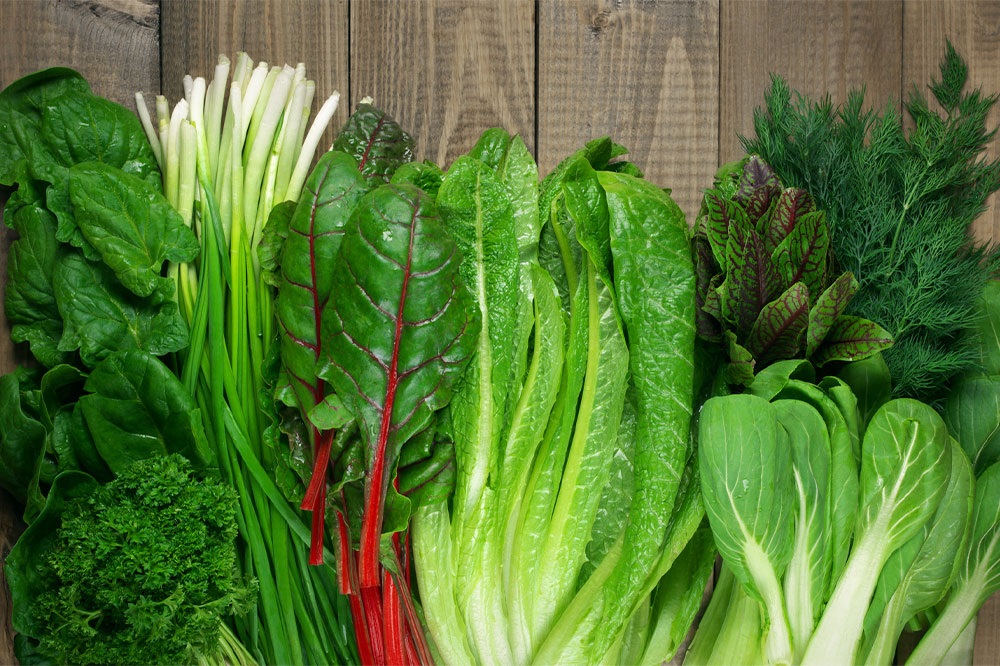
Tips to help combat melanoma
Melanoma, or black tumor, is the riskiest type of skin cancer. It originates from the skin cells called melanocytes that produce melanin, the dark pigment which gives skin its color. This type of cancer grows quickly and spreads to other body organs. Changes in the size or appearance of an existing mole are some of the indicators. Here are the treatment options, food plans, and lifestyle changes to manage the condition:
The treatment of melanoma depends on the stage of the condition and the person’s overall general health. They are:
- Stage 0 or Melanoma in situ
Here, cancer is present in the top layer of the skin or the epidermis.
- Stage I
In this stage, it is low-risk primary melanoma with no evidence of spread. In this stage, it is usually curable with surgery.
- Stage II
There is no evidence of spread, but features are present, which indicate a significant risk of recurrence.
- Stage III
In this stage, cancer has spread to nearby lymph nodes or skin.
- Stage IV
Here, it may have spread to more distant lymph nodes, skin, or internal organs.
Treatment
The doctor will diagnose the condition based on various tests, such as biopsy, CT scan, MRI scan, PET scan, and multiple blood tests. Surgery is generally the primary treatment for melanoma. Besides that, the doctor may prescribe:
- Opdivo
This treatment option is sometimes used in combination with others. It is used to treat people who have had surgery to remove cancer and the lymph nodes, preventing cancer from recurring. However, it is unknown whether this treatment option is effective and safe for young children. It may sometimes cause serious side effects such as dizziness, fever, itching, and rashes. So, it is always a good option to consult a healthcare expert if these side effects prevail.
Nutritional options
In addition to limiting sun exposure, it is also suggested to go for healthy and nutritional meal plans.
Foods to eat
- Leafy green vegetables
Leafy greens, such as spinach, collard greens, and kale, are loaded with the antioxidants like vitamin C, which can protect the cells from damage that occur due to free radicals.
- Red fruits and vegetables
These are an excellent source of lycopene that helps protect the skin from sun damage. Tomatoes, watermelons, apricots, and blood oranges are some examples of foods that fall into this category.
- Nuts and seeds
Almonds, walnuts, and sunflower seeds are excellent sources of omega-3 fatty acids and vitamin E which help prevent damage caused by free radicals.
- Milk
It has been found that the proper intake of vitamin D helps lower the risk of melanoma. Some other examples of vitamin D-rich foods include dairy products like yogurt.
- Legumes
Legumes are rich in zinc which boosts the body’s immune system and restores antioxidant levels. Foods like chickpeas and black beans are also essential to avoid foods with added sugars, such as sweets and desserts.
Foods to avoid
- Greasy and fatty foods
Avoid greasy, fatty, and fried foods, as they are not good for overall health. These are also detrimental to weight management, which is essential during melanoma treatment. In most cases, these foods also have no nutritional value. - Foods that could interfere with certain treatment options
Depending on the treatment option your doctor recommends, you might need to avoid foods that contain a high amount of folic acid, oleic acid, and vitamin C. Foods like yams and yardlong beans could interfere with the effectiveness of the treatment.
Tips for managing melanoma
It has been found that most skin cancers are caused by overexposure to the sun’s UV rays, tanning beds, and sun lamps. These rays damage the skin cells. Following these useful tips can help to manage melanoma well:
- Limit sun exposure
It is necessary to practice sun safety and protect yourself from UV rays throughout the year but especially during the summer. So, always try to remain in the shade, wear clothing that covers the legs and arms, wear sunglasses and hats, and use sunscreen with an SPF of 15 or more.
- Avoid indoor tanning
Tanning, although it gives the impression of a healthy glow, is harmful to the skin. Even indoor tanning through tanning beds, sunbeds, and sunlamps is harmful. It exposes users to a significant level of UV rays that can cause skin injuries and even lead to cancer. - Inspecting your skin regularly
It is essential to check your skin regularly and watch out for abnormal moles, as they could develop into melanoma. It is recommended to consult a doctor or healthcare expert before these abnormal moles become skin cancer.
Besides that, it is necessary to keep the immune system as strong as possible. A weakened immune system can lead to multiple complications. Sometimes, cancer patients also need treatment such as chemotherapy, which may lower their immune system function. So, always try to eat nutritious and balanced meals and stay hydrated.
Most skin cancers are treatable if it has not spread significantly to other parts of the body. Avoiding UV ray exposure, eating nutritious meals, and watching for abnormal moles on the skin helps manage this health condition. In addition, it is advisable to consult the doctor for regular and routine skin examinations so that the disease may be detected on time and the right treatment can be administered.


